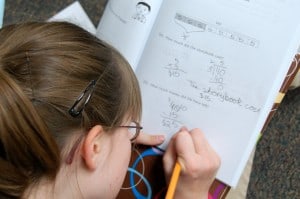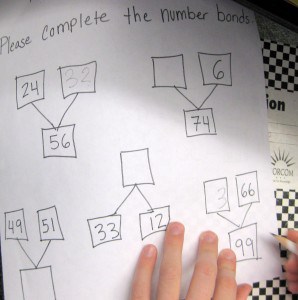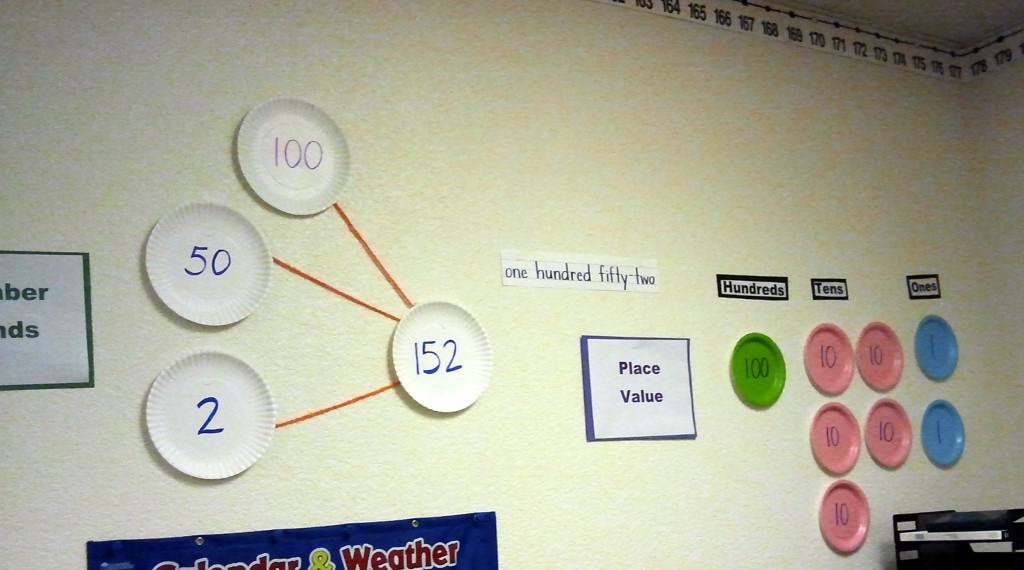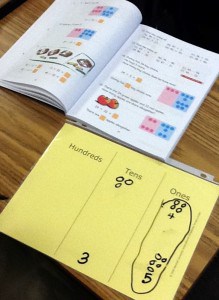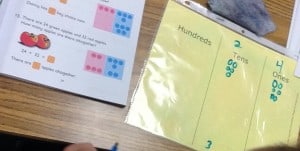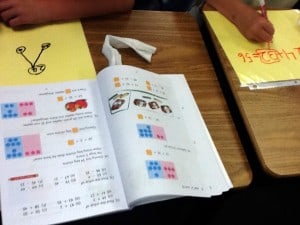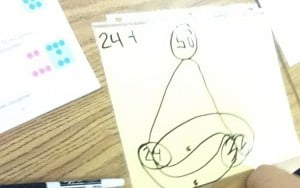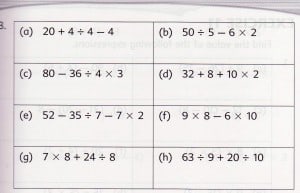Here are the latest 2012 dates for my Bureau of Education and Research (BER) seminar “How to Use the Best Strategies from Singapore Math to Strengthen your Math Instruction”
(Click though for specific location and registration info.)
- Mar. 5 – Hartford, CT
- Mar. 6 – Providence, RI
- Mar. 7 – Albany, NY
- Mar. 8 – Burlington, VT
- Mar. 9 – Manchester, NH
- Mar. 19 – Ottawa, ON
- Mar. 20 – Hamilton, ON
- Mar. 21 – Toronto, ON
- Mar. 22 – Cincinnati, OH
- Mar. 23 – San Antonio, TX
This in-depth look at strategies from Singapore math will put your students on the road to success with number sense, computation and problem solving. (Plus you a get a handy-dandy handbook!)
Dates for “Boost Students’ Math Problem-Solving Skills Using Singapore Model Drawing”
